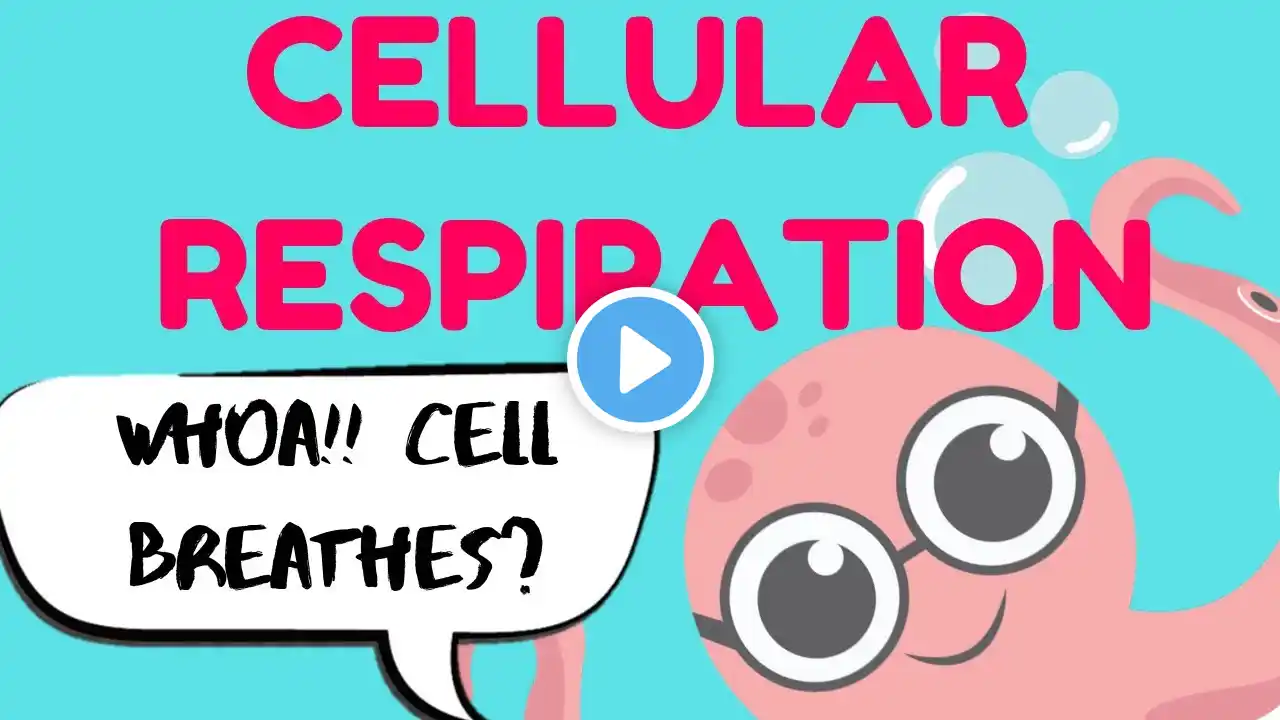
topic | electron transport chain |and chemiosmosis | biochemistry| with| naseer Khan| in Pashto|
ELECTRON TRANSPORT CHAIN ⛓️AND CHEMIOSMOSIS Introduction The electron transport chain is a series of four protein complexes that couple redox reactions, creating an electrochemical gradient that leads to the creation of ATP in a complete system named oxidative phosphorylation. It occurs in mitochondria in both cellular respiration and photosynthesis. In the former, the electrons come from breaking down organic molecules, and energy is released. In the latter, the electrons enter the chain after being excited by light, and the energy released is used to build carbohydrates. Fundamentals Aerobic cellular respiration is made up of three parts: glycolysis, the citric acid (Krebs) cycle, and oxidative phosphorylation. In glycolysis, glucose metabolizes into two molecules of pyruvate, with an output of ATP and nicotinamide adenine dinucleotide (NADH). Each pyruvate oxidizes into acetyl CoA and an additional molecule of NADH and carbon dioxide (CO2). The acetyl CoA is then used in the citric acid cycle, which is a chain of chemical reactions that produce CO2, NADH, flavin adenine dinucleotide (FADH2), and ATP. In the final step, the three NADH and one FADH2 amassed from the previous steps are used in oxidative phosphorylation, to make water and ATP. Oxidative phosphorylation has two parts: the electron transport chain (ETC) and chemiosmosis. The ETC is a collection of proteins bound to the inner mitochondrial membrane and organic molecules, which electrons pass through in a series of redox reactions, and release energy. The energy released forms a proton gradient, which is used in chemiosmosis to make a large amount of ATP by the protein ATP-synthase. Photosynthesis is a metabolic process that converts light energy into chemical energy to build sugars. In the light-dependent reactions, light energy and water are used to make ATP, NADPH, and oxygen (O2). The proton gradient used to make the ATP forms via an electron transport chain. In the light-independent reactions, sugar is made from the ATP and NADPH from the previous reactions. Cellular In the electron transport chain (ETC), the electrons go through a chain of proteins that increases its reduction potential III, cytochrome C, and complex IV. NADH produced 18 ATP and FADH 4 ATP Total ATP synthesis 22 in electron transport chain.... CHEMIOSMOSIS The process of ATP synthesis using 'free energy' obtained when electrons are passed to several carriers (ETC) is known as chemiosmosis. The actual point of the synthesis of ATP takes place when electrons pass the inner mitochondrial membrane. Energy is released within this process, resulting in the synthesis of ATP.












